Indoor plants are a great way to beautify your home and make the air cleaner and fresher. If you’re looking to add some greenery to your Indian home, here are the top 10 indoor plants that are perfect for you. These plants are not only easy to care for but also thrive in Indian climates and look fantastic in any room.
Best Indoor Plants for Indian Homes
1. Areca Palm
The Areca Palm is a favourite Indoor Plant in Indian homes for its attractive, feathery leaves and its air-purifying qualities. It grows well in indirect sunlight and can handle low light, making it perfect for living rooms and bedrooms.
Care Tips:
– Light: Prefers bright, indirect light but can tolerate low light.
– Water: Keep the soil moist but not soggy. Water when the top inch of soil feels dry.
– Humidity: Enjoys higher humidity, so mist the leaves regularly.
Benefits:
The Areca Palm helps remove pollutants like formaldehyde, xylene, and toluene from the air, promoting a healthier indoor environment.
2. Snake Plant
The Snake Plant is incredibly resilient and perfect for beginners. Its upright, sword-like leaves add a modern touch to any room.
Care Tips:
– Light: Can grow in low light but prefers indirect sunlight.
– Water: Water sparingly. Let the soil dry out completely between waterings.
– Humidity: Tolerates dry air, making it ideal for air-conditioned rooms.
Benefits:
The Snake Plant filters the air and converts CO2 into oxygen at night, making it an excellent choice for bedrooms.
3. Money Plant
Also known as Golden Pothos, the Money Plant is believed to bring good luck. Its trailing vines and heart-shaped leaves are a lovely addition to any home.
Care Tips:
– Light: Prefers bright, indirect light but can grow in low light.
– Water: Water when the top inch of soil is dry. Avoid overwatering.
– Humidity: Thrives in high humidity but does well in normal indoor conditions.
Benefits:
The Money Plant helps remove pollutants like formaldehyde, benzene, and xylene from the air.
4. Aloe Vera
Aloe Vera is a beautiful succulent with medicinal properties. It’s easy to care for and has thick, fleshy leaves that store water.
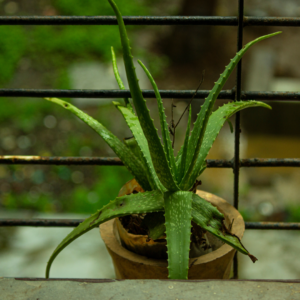
Care Tips:
– Light: Needs bright, indirect light. Can tolerate direct sunlight.
– Water: Water sparingly. Allow the soil to dry out completely between waterings.
– Humidity: Prefers dry conditions.
Benefits:
Aloe Vera gel is excellent for treating burns and cuts. The plant also helps purify the air.
5. Spider Plant
Spider Plants are known for their air-purifying abilities and attractive arching leaves with white stripes. They are easy to grow and adapt to various conditions.
Care Tips:
– Light: Prefers bright, indirect light but can tolerate low light.
– Water: Water regularly, keeping the soil slightly moist.
– Humidity: Enjoys humid conditions but can adapt to normal indoor humidity.
Benefits:
Spider Plants help remove pollutants like formaldehyde and xylene from the air.
6. Peace Lily
Peace Lilies are famous for their elegant white flowers and lush green leaves. They are excellent at improving indoor air quality.
Care Tips:
– Light: Prefers bright, indirect light but can tolerate low light.
– Water: Keep the soil moist but not soggy. Water when the top inch of soil feels dry.
– Humidity: Prefers high humidity, so mist the leaves regularly.
Benefits:
Peace Lilies remove pollutants like formaldehyde, benzene, and ammonia from the air.
7. Rubber Plant
The Rubber Plant has large, glossy leaves and is easy to care for. It can grow tall, making it a striking focal point in any room.
Care Tips:
– Light: Prefers bright, indirect light but can tolerate low light.
– Water: Water when the top inch of soil feels dry. Avoid overwatering.
– Humidity: Prefers high humidity but can adapt to normal indoor conditions.
Benefits:
Rubber Plants help remove toxins like formaldehyde from the air.
8. ZZ Plant
Why it’s great: The ZZ Plant is very hardy and can grow in low light with little water. Its glossy, dark green leaves add elegance to any room.
Care Tips:
– Light: Can thrive in low light but prefers bright, indirect light.
– Water: Water sparingly. Let the soil dry out completely between waterings.
– Humidity: Tolerates low humidity, making it great for dry indoor environments.
Benefits:
ZZ Plants filter indoor air and remove toxins like xylene, toluene, and benzene.
9. Philodendron (Philodendron hederaceum)
Why it’s great: Philodendrons are versatile plants with heart-shaped leaves that can trail or climb. They are easy to care for and adapt well to different indoor conditions.
Care Tips:
– Light: Prefers bright, indirect light but can tolerate low light.
– Water: Water when the top inch of soil is dry. Avoid overwatering.
– Humidity: Enjoys high humidity but can adapt to normal indoor conditions.
Benefits:
Philodendrons help remove pollutants like formaldehyde from the air.
10. Boston Fern (Nephrolepis exaltata)
Why it’s great: Boston Ferns have feathery, arching fronds and add a touch of greenery to any space. They are excellent at humidifying indoor air.
Care Tips:
– Light: Prefers bright, indirect light but can tolerate low light.
– Water: Keep the soil consistently moist but not soggy. Mist the leaves regularly.
– Humidity: Prefers high humidity.
Benefits:
Boston Ferns help remove pollutants like formaldehyde and xylene from the air.
Conclusion
Adding indoor plants to your home not only enhances its beauty but also makes it healthier. These top 10 indoor plants are perfect for Indian homes, offering beauty, air purification, and easy care. Whether you’re an experienced plant parent or a beginner, these plants will thrive in your home and bring a touch of nature indoors.

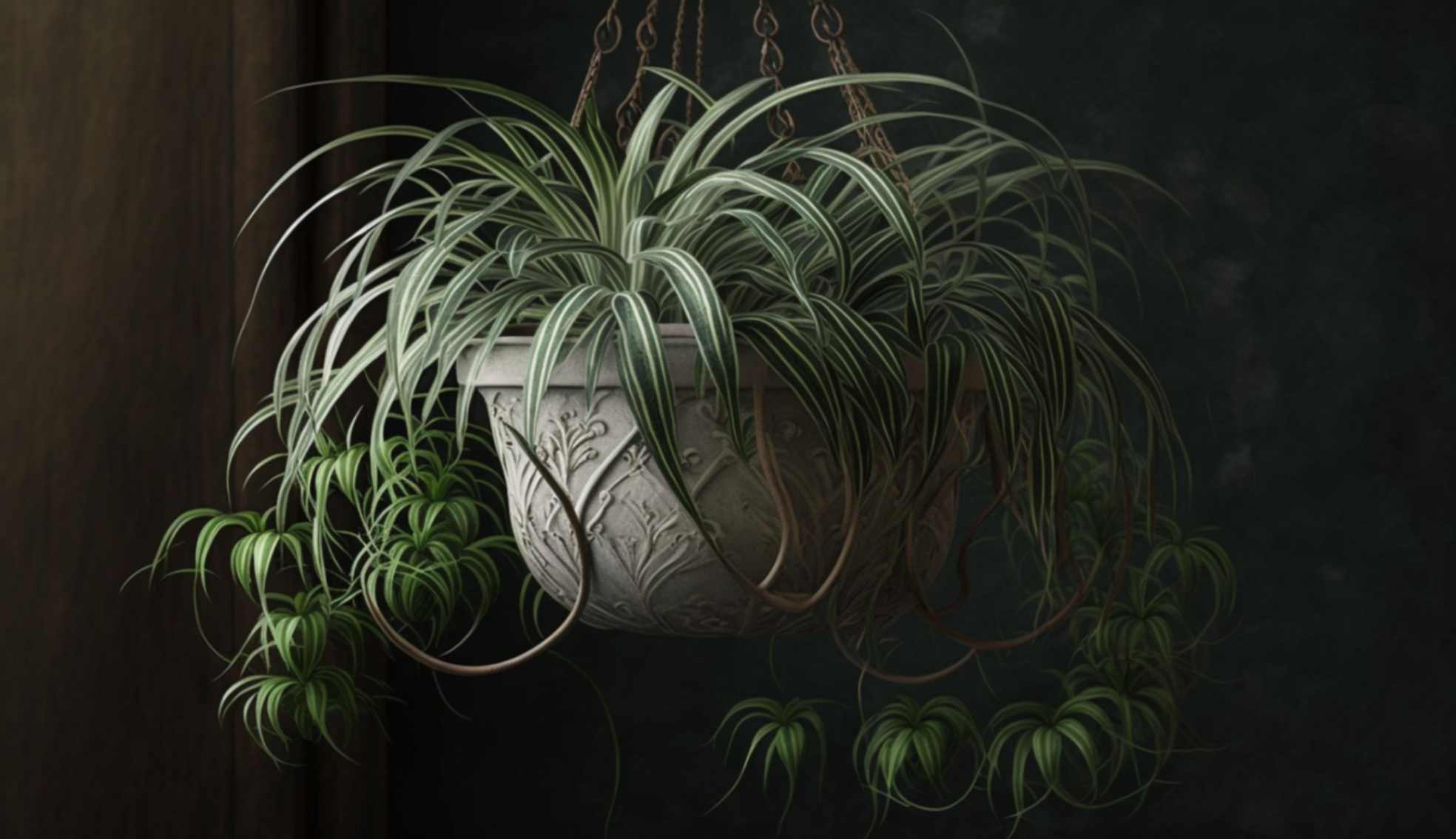

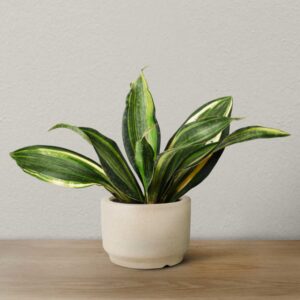




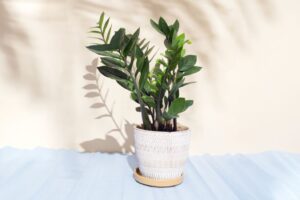

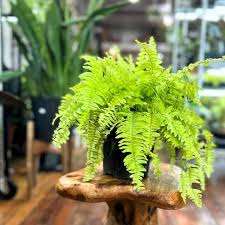





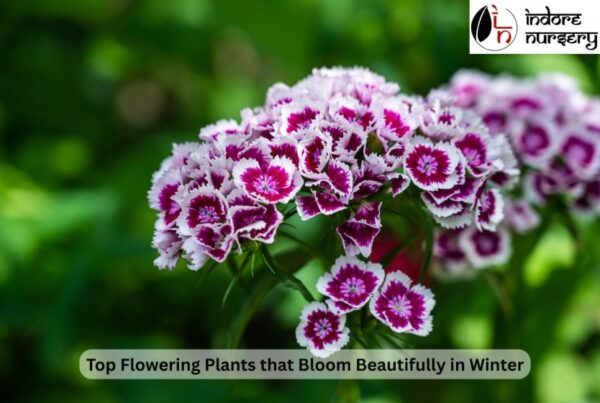

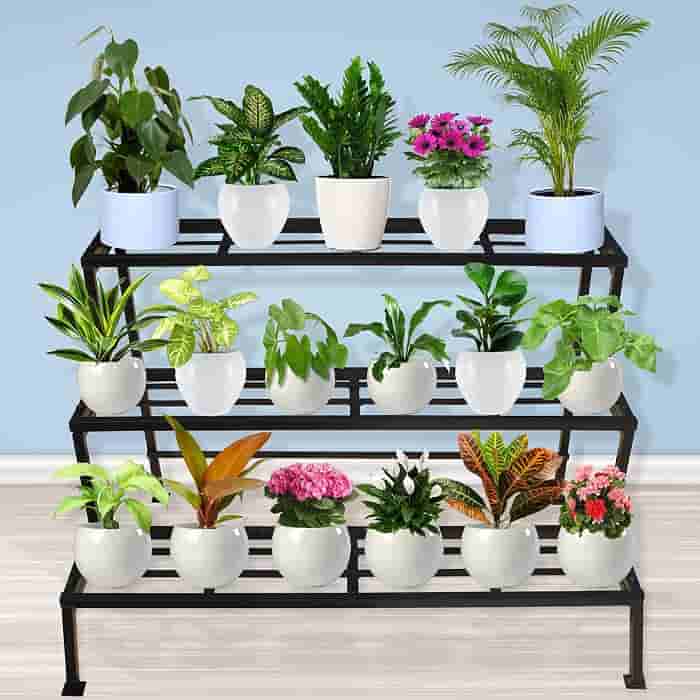
Recent Comments